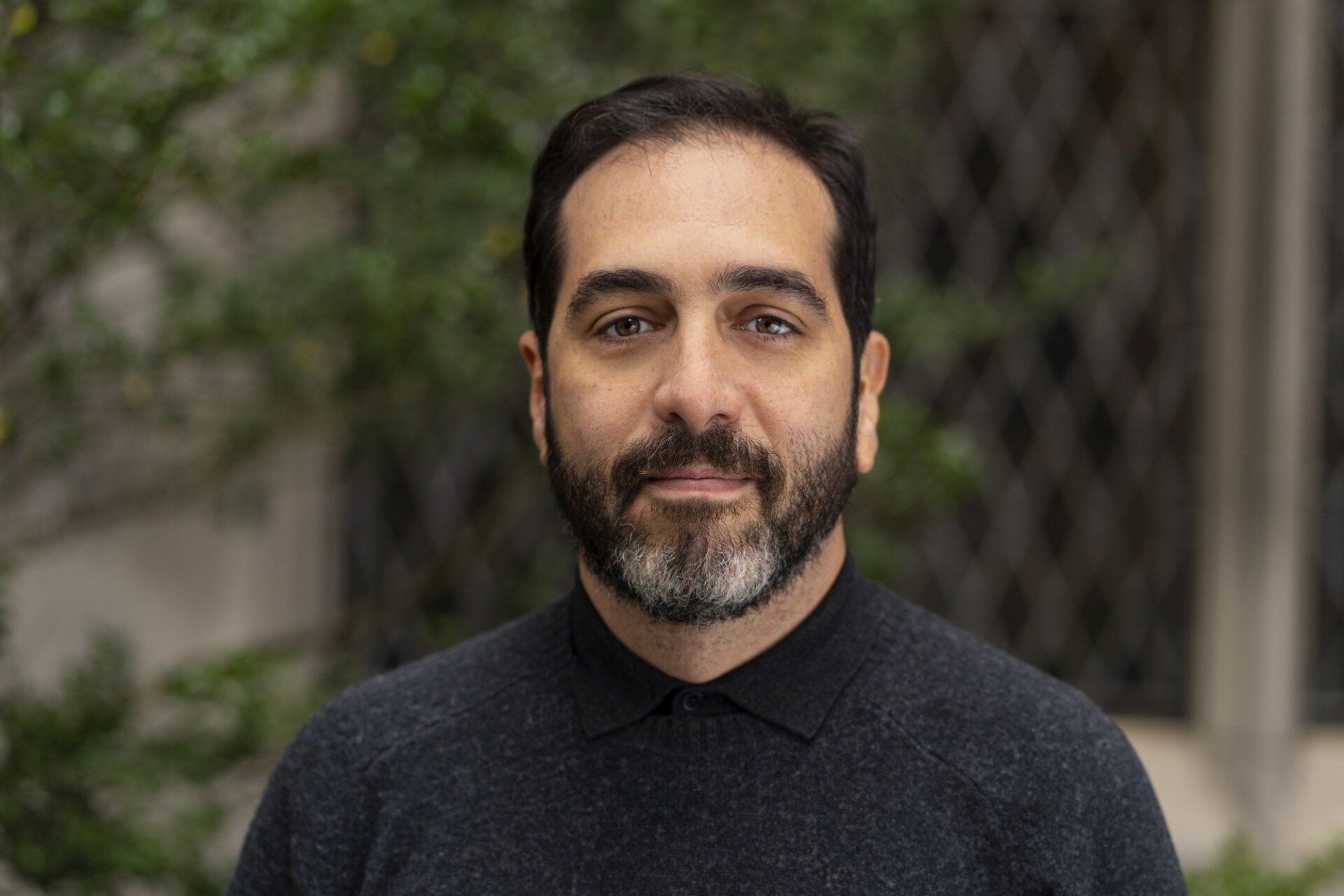Few landscapes gather as many narrative threads as Jordan. Within its rugged plateaus, river valleys, and desert plains lie locations tied to Jacob, Moses, Joshua, Elijah, John the Baptist, the Magi, and Jesus. Each is drawn from a different era and tradition- yet, all can be found within a single country, offering a rare chance to experience a layered historical journey.
Jacob’s Crossing

(Zarqa; Photo credit: Matt Miller)
The northern reaches of the Jordan River recall the episode of Jacob’s crossing after leaving the household of Laban. The Jabbok River—today called the Zarqa—still cuts through the highlands east of the Jordan Valley. Archaeological surveys along the riverbanks have revealed traces of ancient settlement and trade routes, suggesting the plausibility of such movements through this corridor. A visit today might include Jerash, with its Greco-Roman ruins nearby, before descending toward the lush valley floor.
Moses on Mount Nebo

From the high ridge of Mount Nebo, overlooking the Jordan Valley and the Dead Sea, travelers can imagine the vantage point from which Moses is said to have died. The site features Byzantine-era mosaics and a basilica marking centuries of commemoration. On clear days, the panorama stretches across the Rift Valley toward distant hills, underscoring why this overlook became an enduring symbol in art and literature.
Joshua and the Jordan Crossing

South of the Sea of Galilee, the Jordan River narrows near a spot called Al-Maghtas on the eastern bank. This location aligns with traditions that place Joshua’s crossing here. Today, it is best known as a UNESCO World Heritage site housing archaeological remains of churches, baptismal pools, and hermit caves from the 5th to 6th centuries CE. Visitors can walk along the dusty paths between these excavations, imagining how the river once marked both a physical and symbolic boundary.
Elijah’s Ascent
-2.jpg?width=2000&height=1335&name=Church-of-St-Elijah-(upper-church)-2.jpg)
Tell Mar Elias
The prophet Elijah’s departure in a “whirlwind” is often associated with the Jordan Valley east of the river. Tell Mar Elias, near Ajloun in northern Jordan, preserves this connection. The site includes the remains of Byzantine churches built to honor Elijah, with stone foundations still visible amid wildflowers in spring. From here, the view sweeps across the hills toward the Rift Valley, a reminder of the strategic vantage points ancient travelers prized.
John the Baptist at the Jordan

Al-Maghtas is equally linked to the life of John the Baptist, whose baptism took place “beyond the Jordan.” Excavations have revealed a network of monastic structures, baptismal basins, and pilgrimage infrastructure dating back more than 1,500 years. The location is accessible year-round, featuring shaded walking trails and interpretive signage that explains both the archaeological record and its literary associations.
The Wise Men’s Route

While the route of the Magi is not documented very precisely, ancient trade roads through Jordan—such as the King’s Highway and the Desert Highway—formed part of the network connecting the Arabian Peninsula to the Levant. These same routes pass through Madaba, known for its 6th-century mosaic map of the region, and Petra, a Nabataean city that once controlled the incense and spice trade. Walking these caravan roads today offers a sense of the long-distance travel that framed the Magi’s journey.
Jesus in the Jordan Valley

Tradition places Jesus’ baptism at Al-Maghtas, and the site’s chapels and pools reflect this longstanding identification. Beyond this single location, the Jordan Valley’s villages, springs, and date groves evoke a landscape in which early itinerant teaching and gathering occurred. Several modern churches of varying denominations now stand nearby, each contributing to the contemporary multi-faith presence along the river.
A Modern Pilgrim’s Circuit
A traveler seeking to trace all these figures in one journey could design a circuit beginning in the north at Tell Mar Elias, moving south through Jerash and the Jabbok Valley, descending to Al-Maghtas, then ascending to Mount Nebo, and finally venturing to Madaba and Petra. The distances are modest—Jordan spans barely 400 kilometers north to south—but the cultural chronology is immense, spanning the Late Bronze Age to the Byzantine era.
What emerges is not a single narrative, but a tapestry of overlapping routes, episodes, and commemorations. Jordan’s terrain becomes a vast palimpsest where multiple traditions, histories, and archaeological remains coexist. Walking these paths today means engaging with millennia of movement—across borders, through deserts, and along rivers—that shaped the region’s enduring significance.




